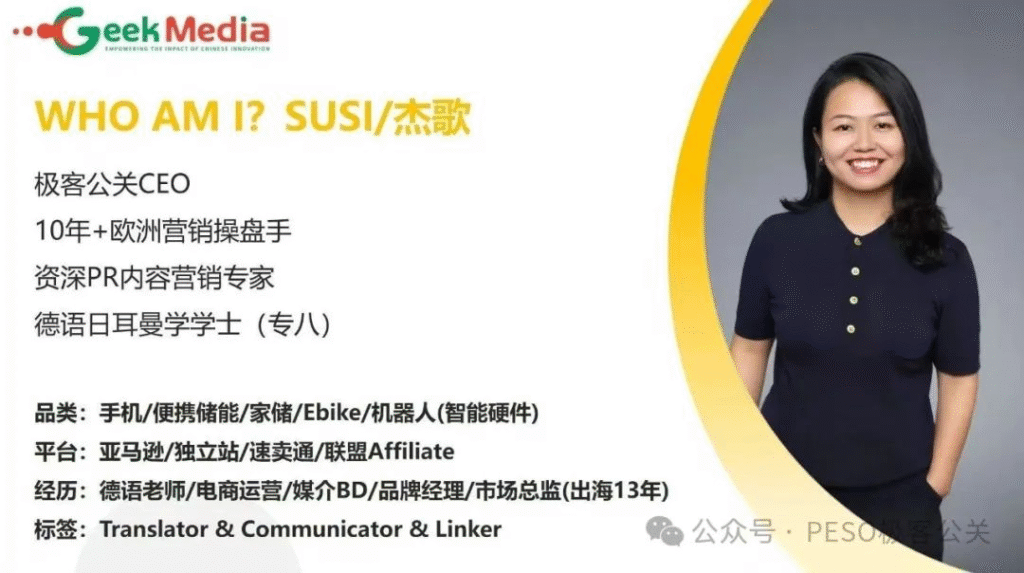About Jie Ge:
- CEO of Geek PR & Senior PR Content Marketing Expert
- Over ¥1 billion in marketing operations (13 years in German-speaking markets)
Business Focus: Paid media, DOOH, and local event marketing in German-speaking regions
Service Categories: Consumer electronics, smart hardware (high-ticket)
Preface: The Traffic Dilemma and Inverted Conversion Pyramid

Platforms like Amazon face a challenge: traffic costs are rising, but conversion rates are falling, forming an 'inverted pyramid.' Sellers spend heavily, but sales results disappoint.
Why is Traffic Getting More Expensive?
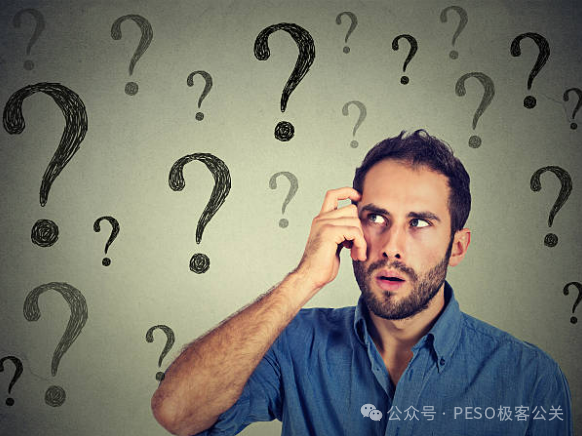
Basic economics: supply and demand determine price. In today’s digital economy, user traffic is scarce. With Amazon, Temu, Shein, TikTok Shop, and others all bidding for it, prices rise. The 'traffic cake' grows, but everyone pays more for their share.
Why Are Conversions Declining?
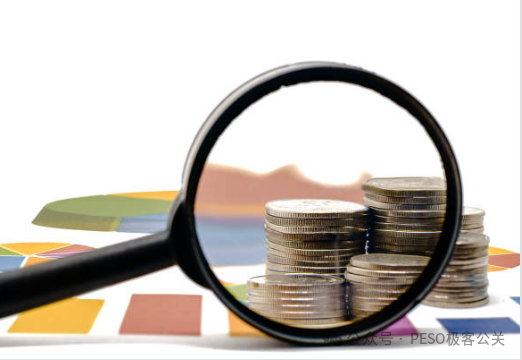
High-cost traffic may still convert elsewhere. A user sees your ad on Amazon, but purchases cheaper on another platform, often lured by subsidies. This means sellers pay for traffic but don’t retain users, let alone loyalty.
Early sales gains are often just subsidies. Once they end, consumers leave. Without real connections, marketing costs for each new product only rise.
Breaking the Deadlock: Multi-Channel Layout and Independent Sites

Sellers must diversify. Relying on one platform is risky. Marketing should extend to social media, search engines, content marketing, and especially independent brand websites.
Benefits of independent sites:
- Full control of user data
- Direct customer relations for loyalty and repeat sales
- Freedom from platform restrictions
- Turning consumers into private traffic assets
Even if first orders aren’t profitable, long-term relationships ensure sustainable returns.
Amazon’s Hidden Traffic Source: The Power of PR Media
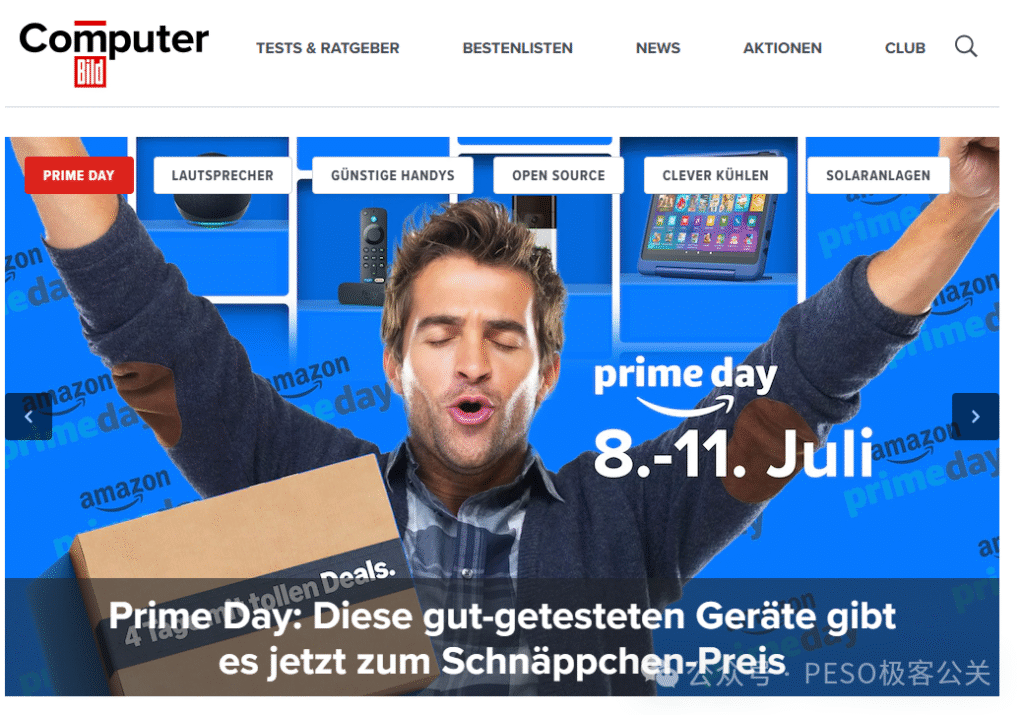
Where does Amazon’s massive traffic come from? Not just Google ads or subscriptions. Media advertising and PR are key sources. High-quality media reports, reviews, and brand stories bring in engaged, trusting users who convert faster and more loyally.
For sellers, PR is not just exposure but access to high-quality, high-conversion traffic—a strategic advantage in today’s environment.
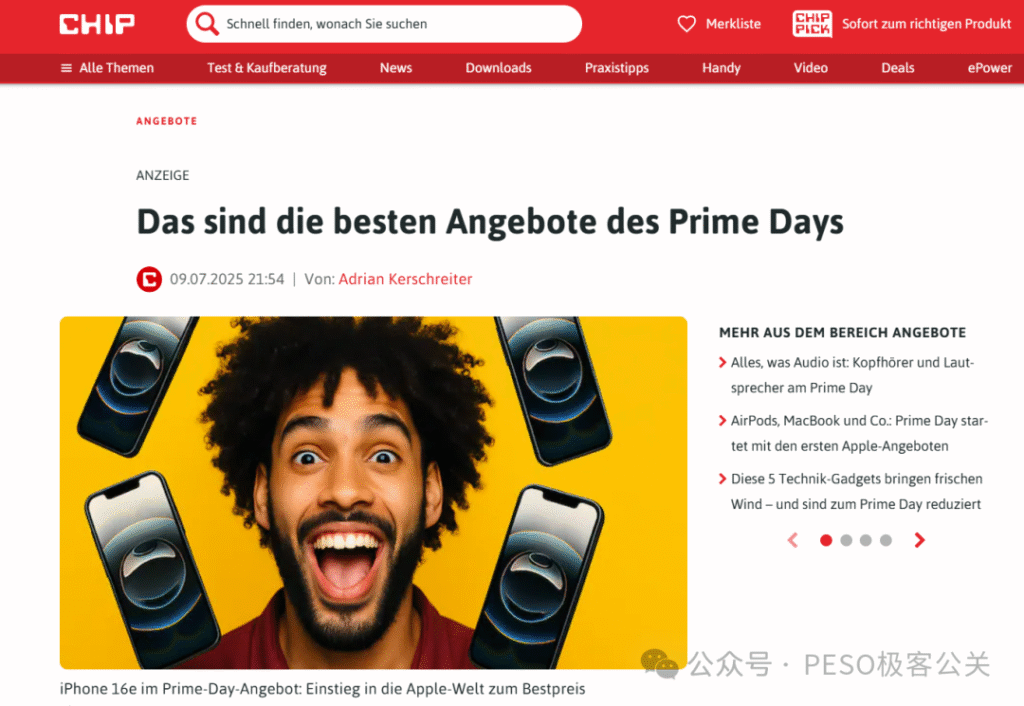
Why is the PR media side so important to Amazon? Media platforms need to constantly seek out good products, good news angles, and good content to attract and retain users, thereby enhancing user stickiness. Only when media websites perform well in terms of data and have a large number of high-quality users can they obtain more valuable traffic resources and sell them at higher prices to giants like Amazon. This is a symbiotic and win-win model: media provide high-quality content to attract users -> user stickiness increases -> the value of media traffic rises -> Amazon purchases these high-value traffic sources -> sales conversion is achieved.
Therefore, for cross-border e-commerce sellers, valuing and investing in PR media channels is not just about gaining exposure, but more about acquiring high-quality traffic with deep trust and high conversion rates. This is a key step to break through the bottleneck outside the platform in the current context of "expensive traffic and poor conversion". Treating PR as a strategic highland for acquiring traffic may bring unexpected growth to your brand.

Summary
The era of cheap traffic is over. Sellers must shift from 'buying traffic' to 'managing users,' 'building brands,' and 'expanding value traffic.' Multi-channel strategies, independent websites, and PR media value are the keys to sustainable cross-border e-commerce growth.
